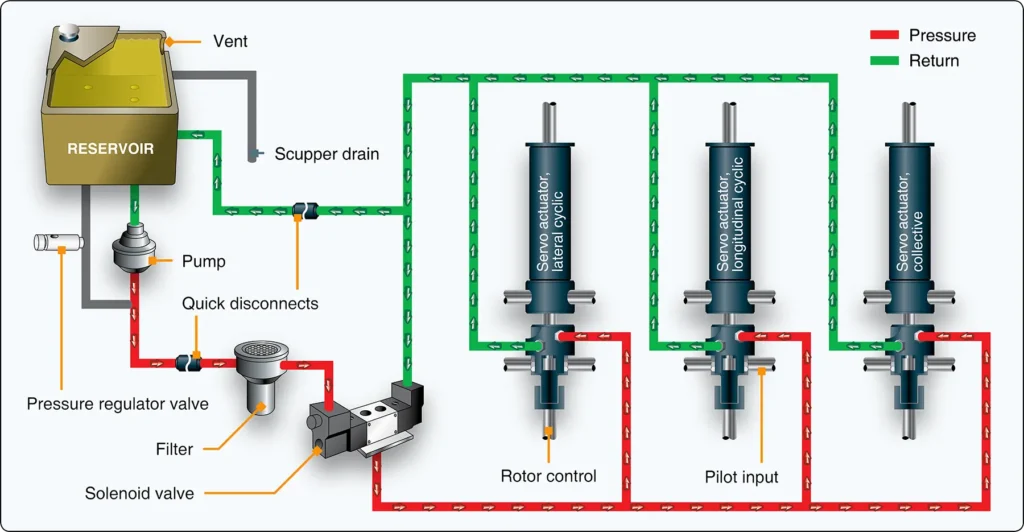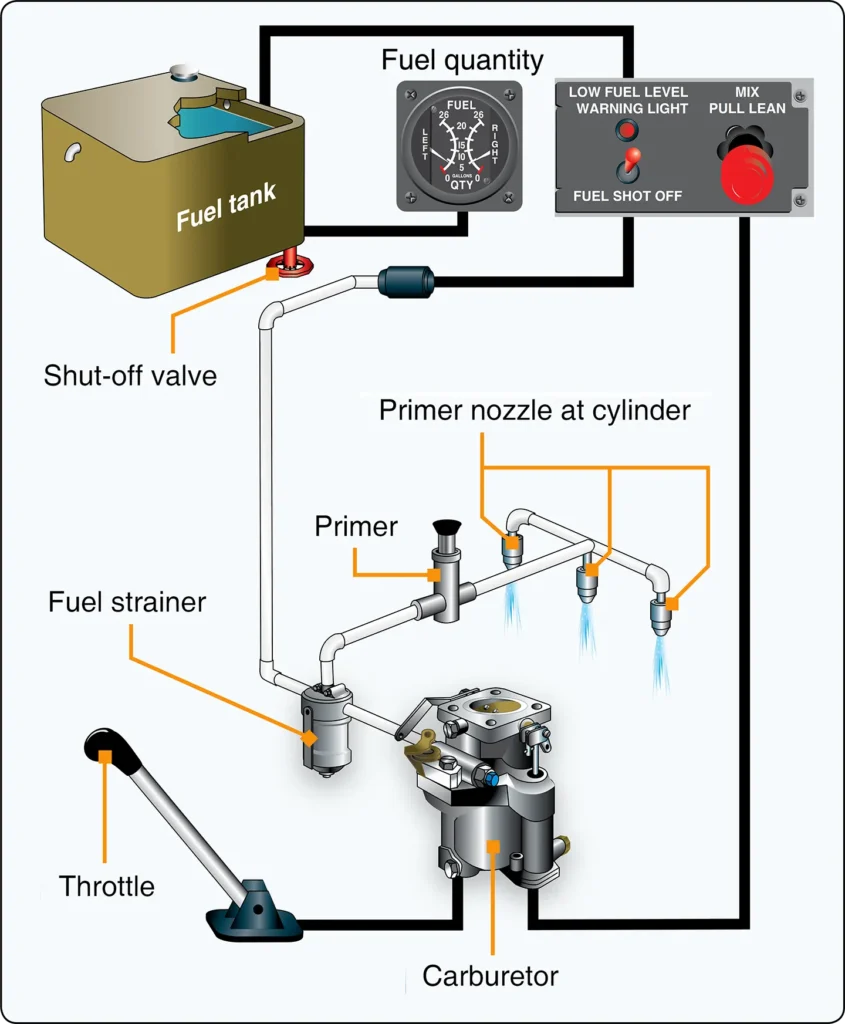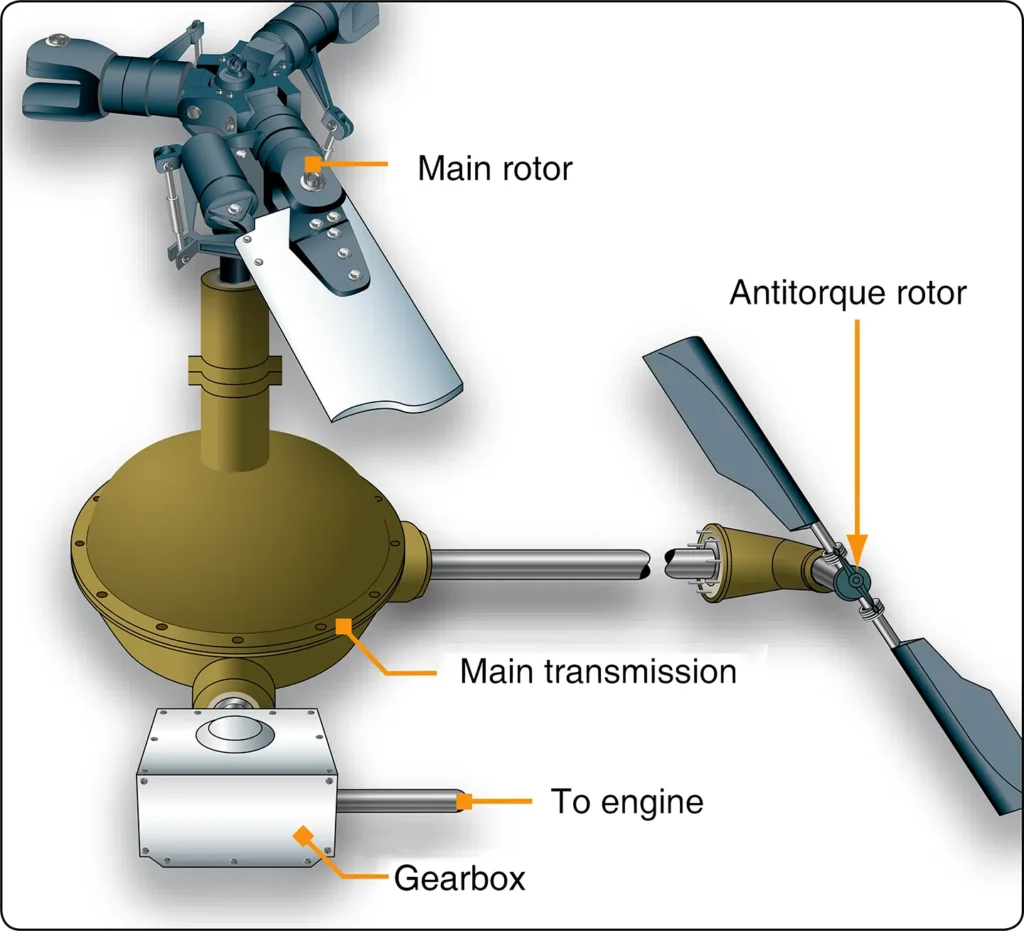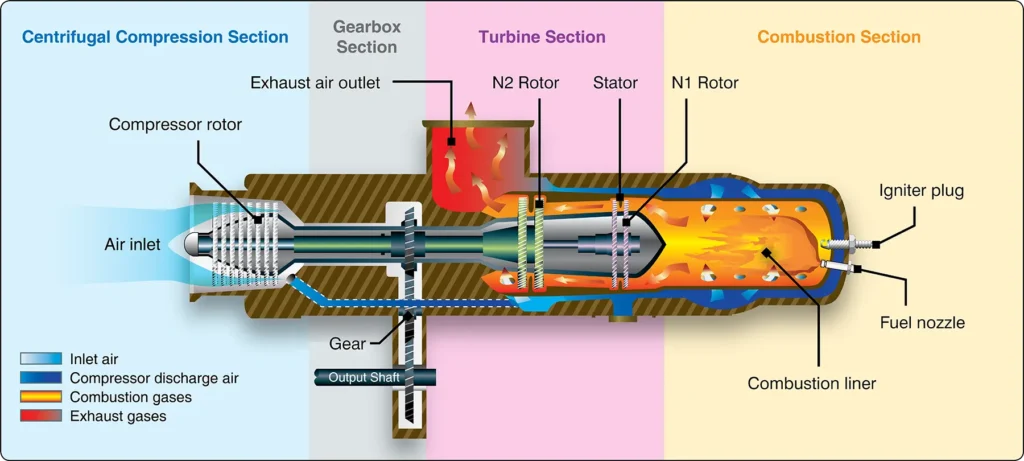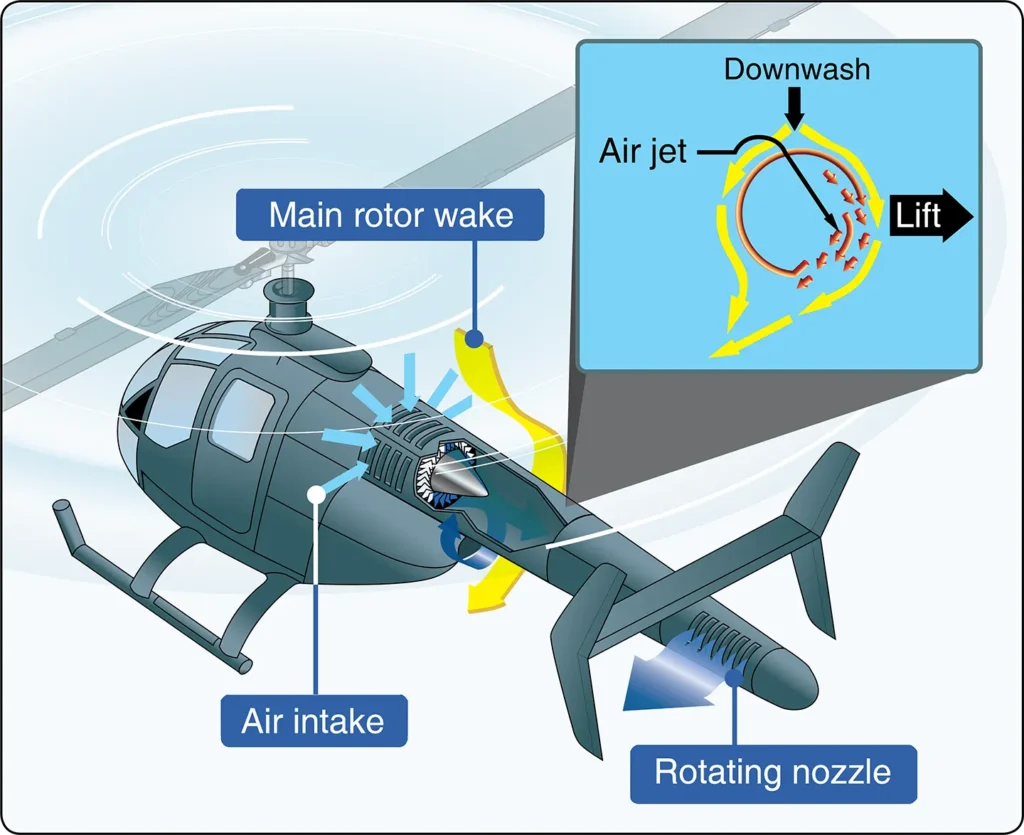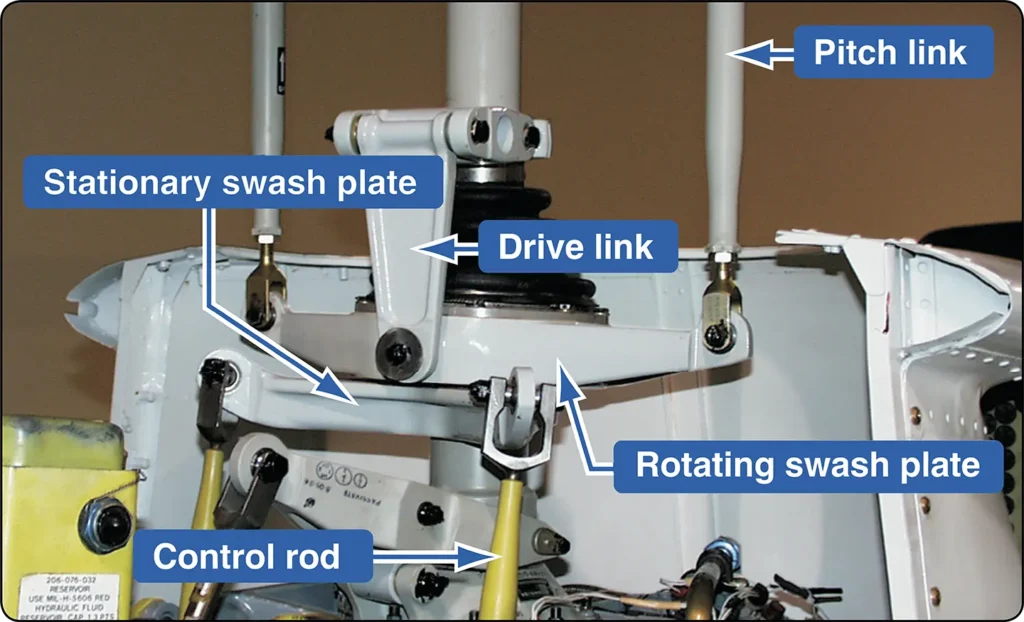Helicopter Anti-Icing Systems
Flying Training, Helicopter FlyingAnti-icing is the process of protecting against the formation of frozen contaminant, snow, ice, or slush on a surface. Engine Anti-Ice The anti-icing system found on most turbine-powered helicopters uses engine bleed air. Bleed air in turbine engines is compressed air taken from within the engine, after the compressor stage(s) and before the fuel is […]

